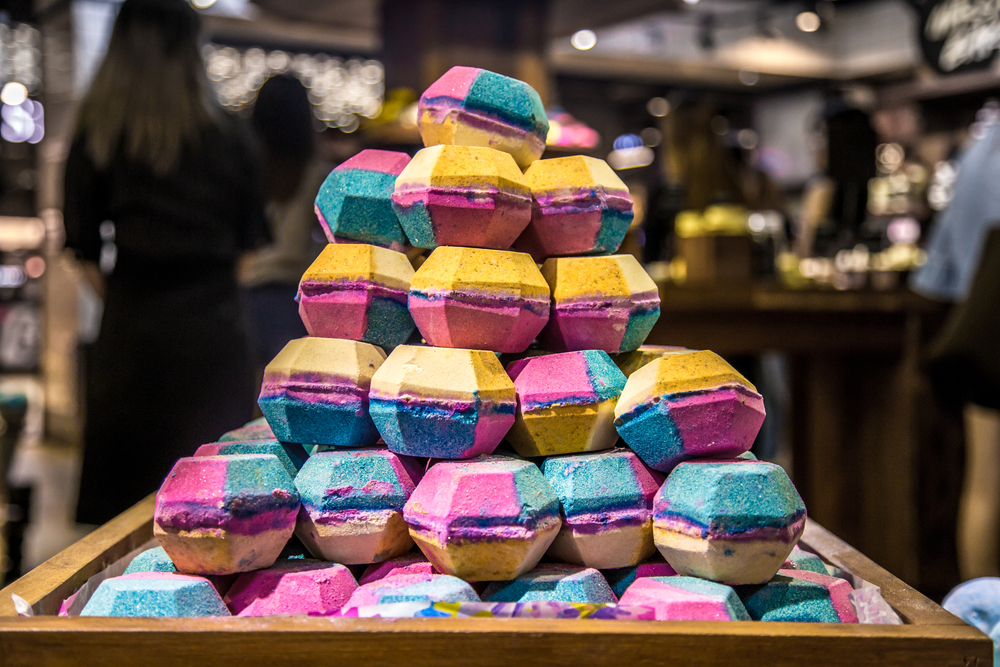
Vanessa Fay explains how ‘Feeling, Thinking and Creating’ are Key to Successful Brand Development
Branding is not just about how something looks, it’s about how it makes you feel. That’s why when we’re approaching a brand development brief we base all our work on three pillars: “Feeling, Thinking and Creating”. The first and most important thing we need to draw on is empathy and understanding, then we use this emotional information to guide our thinking and behavior. If we don’t get the feeling right, the pillars collapse, and all the hard work that goes into the thinking and creating phases of branding will come undone.
It’s simply a top-level checklist (loosely based on a theory that comes up often in talks and books on psychology and management) we keep in mind to make sure all three aspects are considered and working together at all times throughout a creative brief. The feeling pillar draws on qualities such as empathy, understanding, intuition, desire and awareness, (basically your EQ.) Thinking draws on your logic, knowledge of psychology, research skills, strategic thinking, (your IQ). And the creating is where you utilise the skills you have honed over the years in craft, colour, storytelling and experimentation, (your creativity). Unless you draw on all three pillars something will get lost.
In my role as design lead at Epsilon, I predominantly work in this space – linking up with our strategy team to help clients understand their customers, their brand story, and the values they want to convey, before transforming this into a reality. Brand development is about creating an emotional experience and building a strong community. What’s crucial is that we never, ever treat this as a skin-deep exercise. We need to understand the character and personality of the brand, and figure out how this relates to the emotional needs of the customer. This will be the building block for a solid brand that people will connect with.
Feeling + Thinking
Our role in brand development is to convey the essence and story of the brand in one snapshot. So that it tells you everything you need to know before it says a word. To do this we need to understand the brand’s purpose so it resonates through all aspects of the identity. We work with big and small brands to uncover what their value proposition is and define what they want to do in the market. Some will know what they want and others will need a bit more help, but together we figure out their promise and then help them deliver that promise to their community.

So we need to understand the client’s needs. But we also need to look at it from the customers perspective. Step into their shoes, and tune in to their emotional needs. This is where feeling and thinking play a crucial part in figuring out how to frame the brand in a way that the customer will bond with it emotionally. Once we understand both the brand we are working with and their audience we have a solid foundation on which to build the brand. Often we will do market research, focus groups to make sure we have enough information to confidently send the project in a particular direction.
It is then important to ensure this message runs through the brand development and ultimately through all internal and external communications. This is where “creating” comes into play.
Creating
A strong strategy foundation leads to a more relevant logo, visual language, tone of voice, marketing and advertising. Once we have this, creating how the brand will look and perform will be a more productive process. Our creative talent is ignited and we get an opportunity to draw on the skills of our craft we have honed over the years. Yet we will always challenge ourselves to learn new things and to push the creative boundaries of the brief.
We start with creating moodboards, sketching and developing mark options, then explore typography choices and colour palette. We will explore styles and trends in illustration and then steer our choices in a direction which feels fresh and right for the brand. Other aspects of the identity like iconography and signage play a huge part in how a brand looks and functions and there’s a real opportunity to create something unique in the finer details.
Every visual element is explored with curiosity and experimentation and finished with impeccable attention to detail. These will all help to communicate the brand message.
This is backed up by a tone of voice developed by a Copywriter working alongside the client to decide on how we want the brand to speak to its intended audience. This element of a brand development brief could be a high level discussion about the words or key phrases that describe the brand, or as granular as deciding how a brand writes acronyms and uses grammar. It all helps to bring consistency and substance to a brand and make sure the words and phrasing used to discuss it marry up with the visual side.
Through this entire creating phase, we are constantly making sure that the feeling which we strived to capture from the start is always right.
How feeling, thinking and creating work for Lush
Lush is a brand that I believed in from the moment I got to know their story. It wasn’t their visual identity that grabbed my attention, it was beyond this. I knew them as the makers of colourful and fun soaps and sweet smelling products, but over time they have strategically evolved the brand and communicated the values they stand for and their purpose more clearly. They believe in animal welfare and human rights, ethical buying, naked packaging, 100% vegetarian ingredients and a greener future.

These are the qualities that make their consumers want to be part of the Lush community. They empathised with their consumer and understood that they wanted more from their skincare; this understanding allowed them to build a more meaningful brand. Everything from their heart-shaped bath bombs and handwritten fonts to their ethical campaigns supports and strengthens their brand purpose. But first and foremost they focused on getting the feeling right, and this “feeling” would have been the foundation of their strategy, the “thinking” part of the process.
Here they would have looked at what differentiates them, what their story is, and why they do what they do. They looked at their company through the eyes of the consumer, and then figured out how to relate their story back to their consumer in a way that feels warm and friendly. They are a progressive brand that constantly evolves their products and looks for new ways to connect people to their brand.
Final thoughts on brand development
When feeling, thinking and creating work together we create a brand proposition that works not just for the client, but for their customers too. When a brand inspires a strong emotional response we feel compelled to return to it. A good brand can make us feel happy, or strong, sometimes it just feels like home. If you imagine yourself clutching a warm paper coffee cup on a cold day you will assign a brand to that moment. If you think of the gym outfit that pushes you to work harder, it’s likely that the brand will inspire feelings of determination and self belief. It’s our objective to create powerful brand experiences that are relevant and meaningful. Designing a brand is a privilege and needs to be treated with respect. It gives us an opportunity to shape how our community looks, feels and acts.
You create the moment, and the brand completes the picture.
Vanessa Fay is design lead at Epsilon
First published in Irish Marketing Journal (IMJ December/January 2019)© to order back issues please call 016611660




















